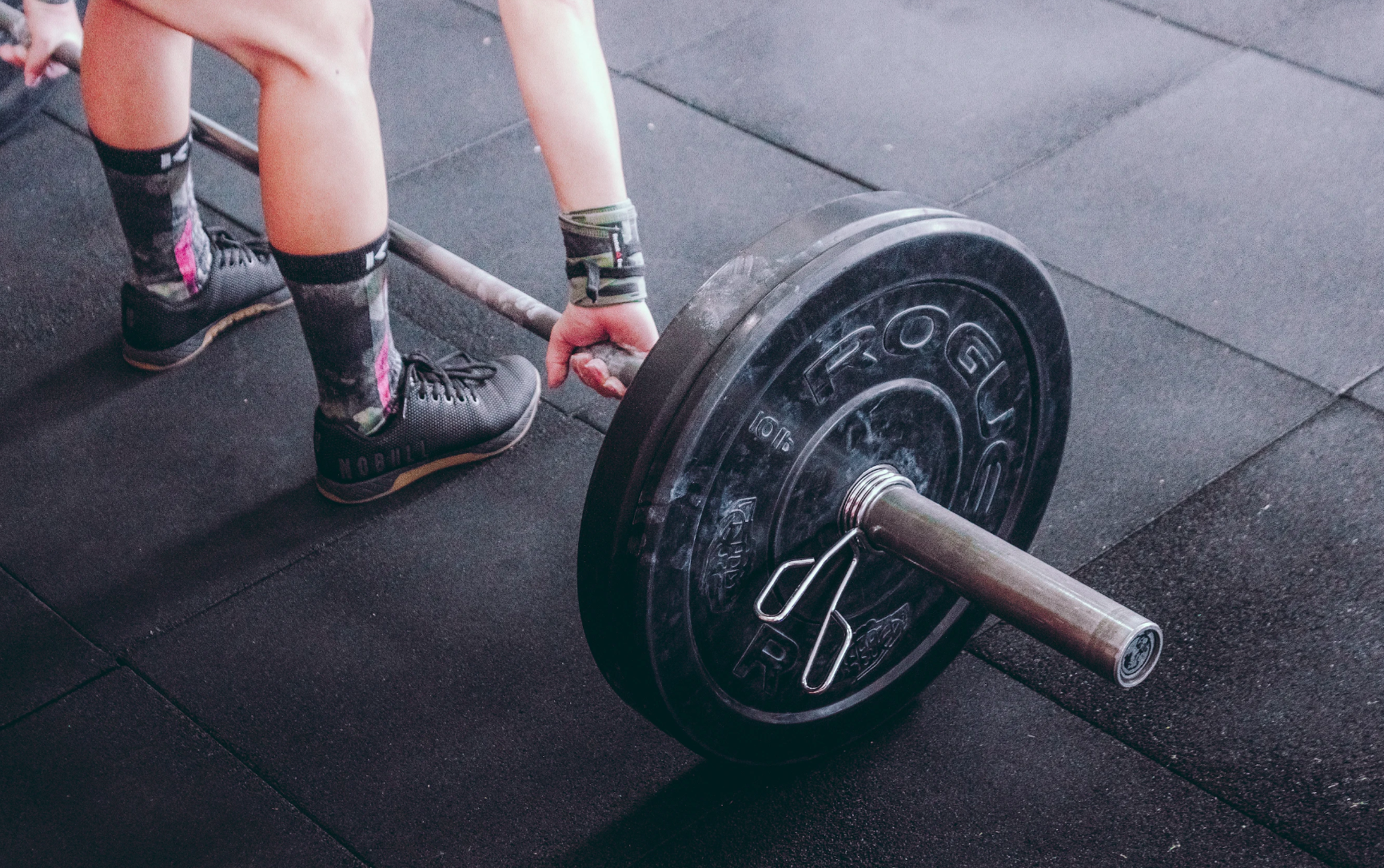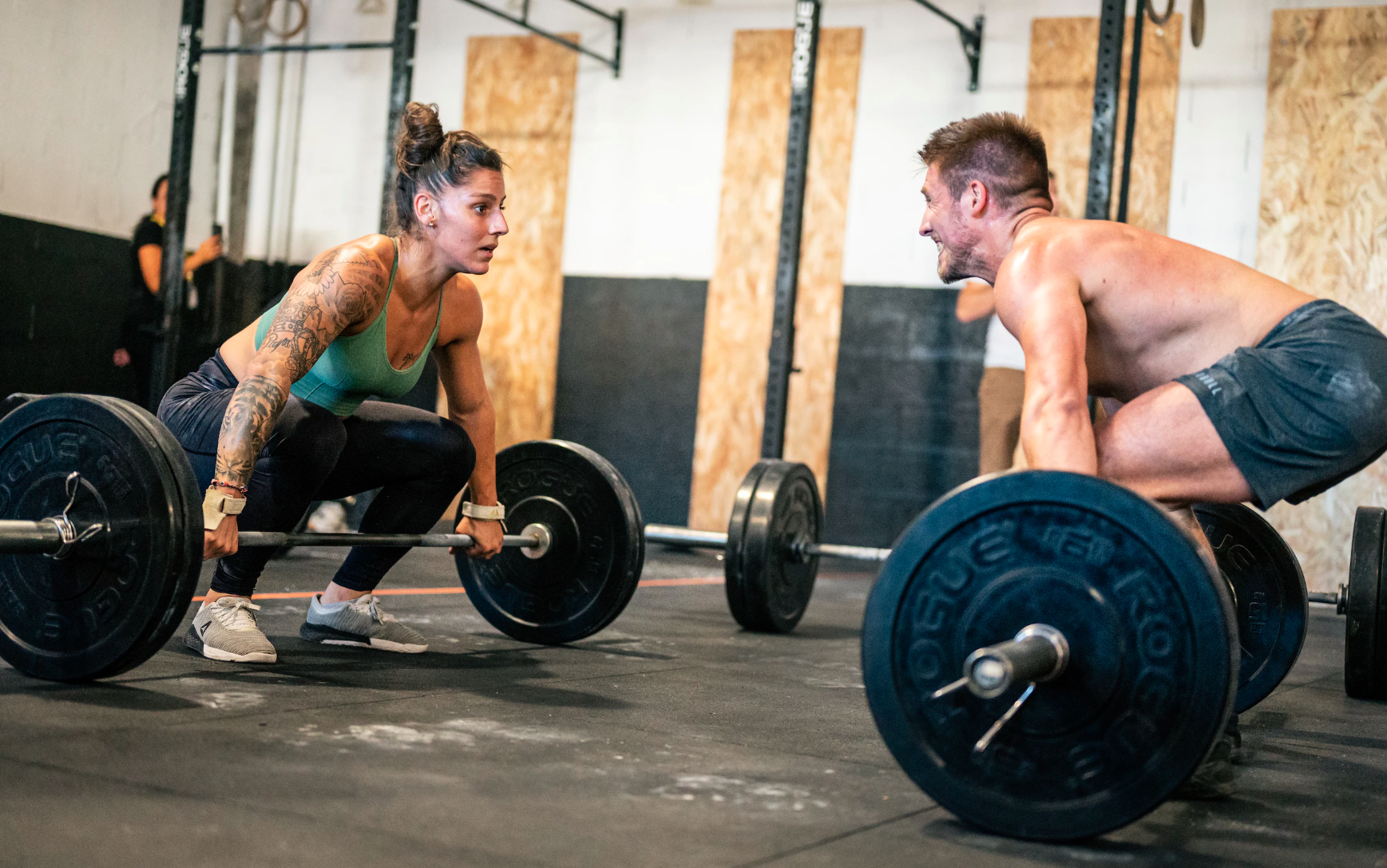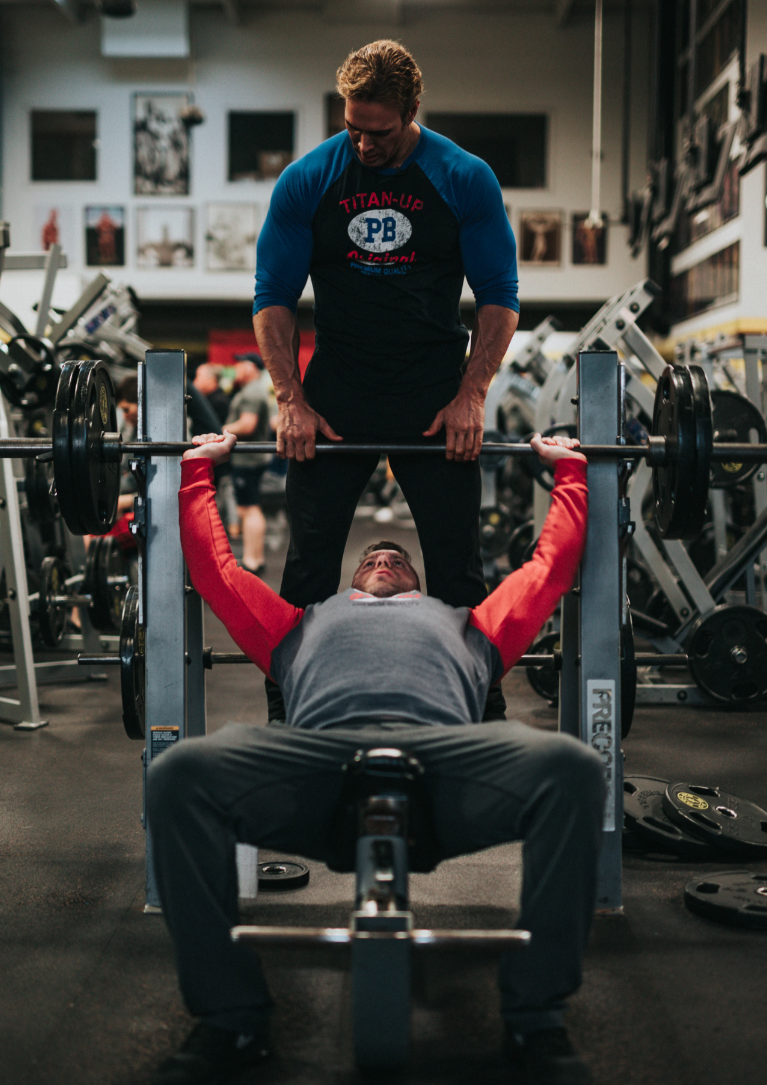Physical Address
304 North Cardinal St.
Dorchester Center, MA 02124
Physical Address
304 North Cardinal St.
Dorchester Center, MA 02124
Are you considering the challenge of weightlifting? Do you wish to reduce your body fat and tone up?
For its many advantages, weightlifting is a popular fitness activity. Strength, endurance, flexibility, and cardiovascular fitness can all be improved by resistance training, which is a very fun form of exercise.
Weightlifting has advantages that apply to both men and women. Making the best decisions when customizing your workouts and maximizing your growth from each session requires an understanding of its advantages.
Let’s quickly review the foundations of weight training.
When you lift weights, different physiological reactions occur in your body. This all relies on the area of fitness you want to focus on and the techniques and variations you intend to incorporate into your practice.
You might want to think about lifting bigger weights and doing fewer reps if you want to “gain muscle.” You might want to think about lifting less weight and doing a lot more repetitions if you want to improve your “muscle endurance.”
Transitional Phase
Starting with adaption This stage might be the most psychologically taxing and often lasts 4-6 weeks.
Everyone naturally feels sore when they first begin weight training (people complain most about this in their arms and legs). This is the body’s normal reaction when it detects fresh physical activity.
This can be the case if your muscles haven’t worked out in a while, or it might be the first time. Either way, they just need some time to adjust to the new habit.

This soreness, stiffness, and achiness typically start 48–72 hours after you work out your specific muscle areas with weights. Usually, this sensation goes away after a few days.
During this time, a lot of people may become demotivated or feel the need to give up. The causes may vary, but the most frequent ones are high self-expectations or a failure to anticipate the body’s early response.
The important thing is to be aware that this will happen to your body during the adaptation phase. After each workout, these sensations will lessen until they ultimately vanish after approximately a month.
It’s also crucial to avoid overusing your body while it adjusts to weight training. Injury might result from doing too much too quickly.
Instead of beginning with complex movements, choose easy workouts. To help your body adjust to weight training, utilize smaller weights and perform lots of repetitions.
Then, when your body becomes accustomed to the physiological effects of exercise, you can concentrate on other fitness objectives, such muscular growth via weight training.
Muscle Decay and Muscle Growth
After a hard weight training session, your muscles must undergo minor tiny tears in order to heal and develop.
The repeated contraction of the muscle(s) used in a single weight training activity results in tears in your muscle fibers. Building lean, active muscular mass starts with this.
The process known as hypertrophy is the most efficient way to destroy muscle cells so they can heal and develop. The ideal way to develop hypertrophy is to perform each exercise in a set for 8–12 repetitions while lifting the most weight possible.
Hypertrophy for Muscle Building
Mechanical injury and metabolic failure are two essential elements for muscle hypertrophy.
Actin and myosin, two contractile proteins found in muscle cells, assist produce force to overcome the resistance we are lifting when we lift weights. Our bodies respond by causing these proteins to be mechanically damaged, which causes our muscles to grow.
Your muscles may need two to five days to heal, especially if you are a beginner. After working out a certain muscle group, you should wait at least 48 hours before working out that muscle group again.
When we lift weights, our muscle cells use up all of their energy, which is referred to as metabolic failure. Our cells contain energy molecules known as ATP. On your final rep, you could definitely feel these stores getting low.
These energy reserves can be replenished fairly quickly. Therefore, it is advised to take a little break (between 30 and 60 seconds) before starting the following set of exercises.
Refer to the recommendations provided by the National Association of Sports Medicine for more sound advice on the fundamentals of hypertrophy.

During Recuperation From Weight Training
Before your next workout, it’s necessary to actively rest your muscles, but it’s also crucial to integrate the proper nourishment to support your body’s recuperation. This includes taking the appropriate protein, amino acid, and enzyme supplements. For muscles to recuperate after weight exercise, protein should be consumed right away.
Muscle Endurance
Maybe you’re more worried about seeming bulky now? Maybe all you want is to feel better, look better, and be stronger. You might want to give your muscle endurance greater attention as a result.
Higher repetitions without hypertrophy subject our muscles to a strenuous weight-training session without causing as much muscle fiber breakdown. As contrast to when we rip and mend more muscle fibers, producing that aesthetic growth or bulky aspect, this helps us get a more toned appearance.
The capacity to continuously contract a muscle against a specific resistance is known as muscular endurance. It entails increasing reps while using lighter weights and developing muscle endurance.
From a perspective particular to sports, the same can be argued. You must work on your endurance to develop muscles that can withstand exhaustion if you want to climb a mountain or ride your bike over steep hills.
Women and weightlifting have long been associated with the widespread misconception that “if women lift weights similar to males, then they will start to become more masculine.”
Many women who want to build lean muscle mass through resistance training have developed a “mental barrier” as a result of this story due to their illogical fear of looking like men with bulky muscles. Women are incredibly capable of lifting the same amount of weight as males, but they do not have the same capacity for building muscle mass.
Men naturally produce a lot more testosterone than women do due to the human structure. Therefore, regardless of how frequently they engage in resistance training each week, women will be able to build more muscle mass but not as much bulk as males.
Strength training can boost female somatotropin production, claims the American Council on Exercise. This hormone is thought to slow down biological aging and aid in fat metabolism. However, it does not encourage or stimulate the response of muscle gaining.
There are several benefits for both men and women from the various physiological reactions we experience when we lift weights. Here are the top 5 ways that lifting weights can help you live a better life:
1. Losing weight
Modern exercise research has taught us that, when it comes to weight loss, weight training is just as effective as cardiovascular exercise.
When done properly, weight training enables our body to use both its anaerobic and aerobic systems. This means that resistance exercise allows us to target specific muscle regions and increase lean muscle mass while burning calories from all energy sources, including carbs, sweets, and fats.

When we begin to build lean muscle mass on our bodies, weight reduction is further encouraged. Your active muscle now needs calories when you ingest food or energy before being stored in your body.
Putting on new muscle aids with weight loss and increases metabolism. Lean muscle mass continues to burn calories even when at rest.
2. Musculoskeletal Wellness
Your muscular and skeletal systems combine to form the musculoskeletal system. This system’s purpose is to support the entire body by supporting the joints, organs, tendons, ligaments, muscles, and bones.
Weight training helps to lubricate the joints and lessens joint pain and stiffness, which can help to lessen the symptoms of musculoskeletal health issues. Additionally, it avoids muscular imbalances and stress.
We can prevent any biomechanical problems that could later result in problems with our bones and organs by correctly training our agonist and antagonist muscles (contralateral muscle groups).
This is crucial for those who lead sedentary lifestyles, spend a lot of time sitting down, or have poor posture all day. Hip flexor and postural muscle weight training is crucial for maintaining good musculoskeletal health because, if skipped, it can cause spinal or pelvic issues.
3. Better mood, self-assurance, and self-esteem
Our physical balance and functional strength can be improved by gaining muscle or by feeling slimmer. Furthermore, it enhances our mental wellness.
Restoring our sense of self-worth and confidence through improved appearance has a good effect on our social well-being. In addition to increasing serotonin levels and releasing feel-good endorphins, lifting weights also boosts our energy and productivity.
Our body’s release of these feel-good hormones also lowers our risk of developing despair and anxiety.
4. Performance in a Specific Sport
If they want to perform well on game day, athletes must put what they preach into practice. To compete with your opponents, you must duplicate your weight-training regimen depending on the exact sport you play.
For instance, if you plan to compete in the 100-meter sprint, you should strengthen your legs to develop explosive force. A plyometric program would need to be included to your training regimen if you want to outjump your opponent if you play basketball.
In order to advance your weight-training program at a competitive level, it may be a good idea to speak with a qualified strength and conditioning coach, regardless of your talents.
For more information you can click: